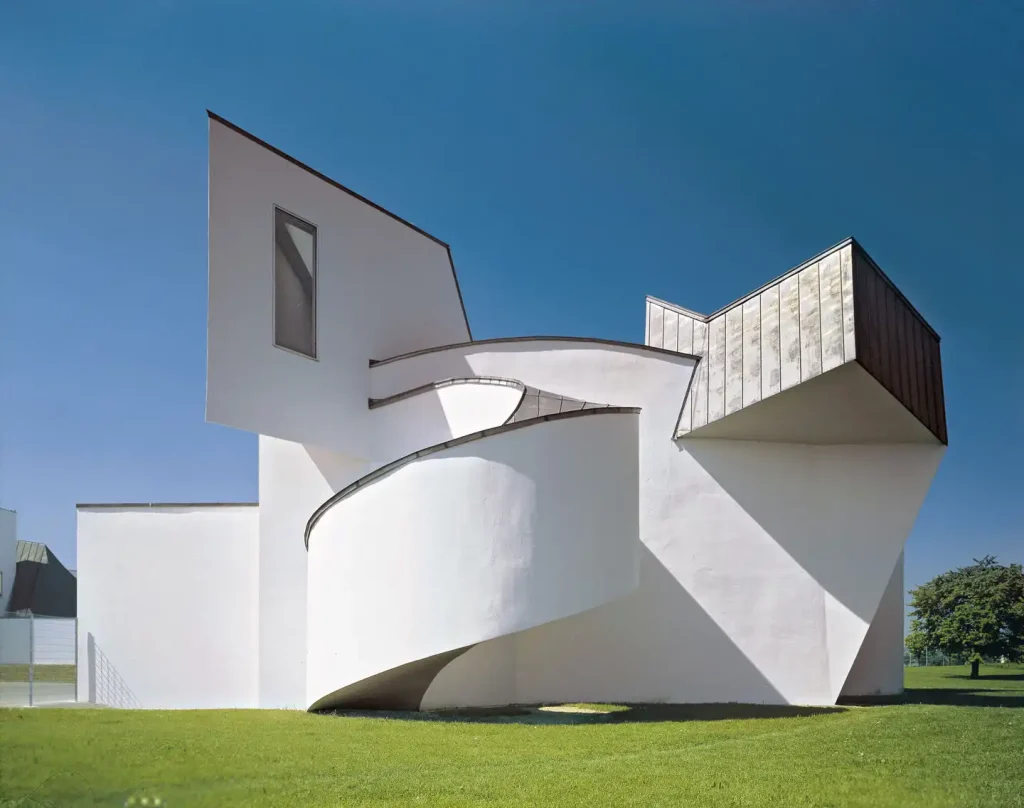
Architecture is one of those delicate dances between art and engineering; and few figures could better embody this balance than visionary architect Frank Gehry, who redefined designs through sculptural forms and digital innovation. Gehry’s works mark a rather profound shift in the way architects approach complex geometry and functionality – bold, fluid, and imaginative.
The most central transformation of Gehry lies in embracing the newer kinds of technologies, particularly CATIA (Computer-Aided Three-Dimensional Interactive Application), originally designed for applications in aerospace engineering. It thus introduced computer-aided tools into the fabric of architectural production, not just transforming Gehry’s work but also forming a foundation for parametric and computational design movements that structure contemporary architecture. In this history, Frank Gehry’s travels form the start and center of the narrative, tracing how his digital innovations rewrote the map of architecture and inspired a generation of designers to rethink the very limits of possibility.
Who is Frank Gehry? A Legacy of Innovation
Frank Gehry is generally considered to be one of the most innovative architects of the modern age. He is celebrated for his deconstructivist type of styles, wherein he forms not just buildings but works of art. In six decades of a glorious career, he has, of course, received all sorts of accolades, including the Pritzker Architecture Prize in 1989.
His many signature projects, including the Guggenheim Museum Bilbao’ in Spain and the ‘Walt Disney Concert Hall’ in Los Angeles, feature dramatic forms and technical ingenuity. His work becomes a marriage of artistic vision and structural precision, a feat that he managed to achieve through his pioneering use of digital tools. Through combining technology into his creative processes, Gehry elevated architecture to greater heights and proved to people that design is compatible with engineering.
CATIA and Gehry’s Technological Leap
Aerospace Technology Meets Architecture
It was late in the 1980s when Gehry’s studio began to use CATIA – a software that was developed for aerospace engineering. This instantaneously changed the landscape of architectural design, allowing the realization of incredibly complex forms unimaginable until then. In experimentations in curvilinear geometries with precise control over material behavior and construction feasibility, Gehry’s innovation with CATIA was unprecedented.
Guggenheim Museum Bilbao: A Technological Marvel
The Guggenheim Museum Bilbao, in 1997, is a prime example of Frank Gehry’s command over technology. A flowing façade of titanium, inspired by the movement of the fish to and fro, demanded unprecedented precision in both design and construction. CATIA proved apt in the generation and manufacturing of these complex panels making up the building’s intricate structure. The conclusion of this project indicated the beginning of new times for architecture, since it will be proven that digital applications can indeed create such mega-complex structures.
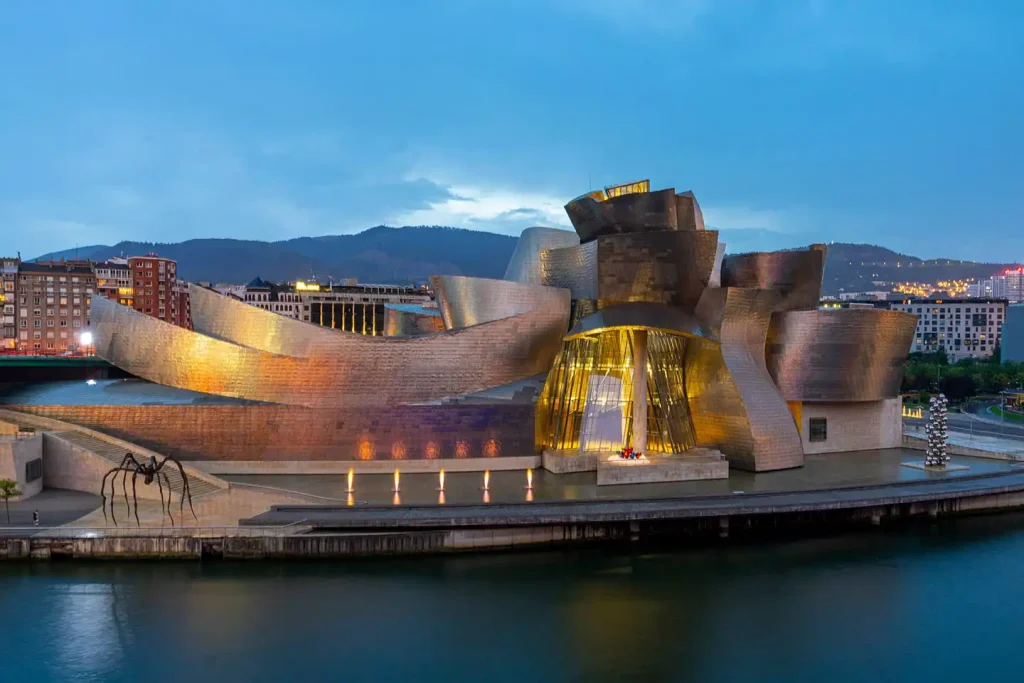
Walt Disney Concert Hall: Where Form Meets Function
The Walt Disney Concert Hall in 2003 embodies more of Gehry’s technological capabilities. The gleaming shiny stainless steel façade has captured the eye; its inner acoustic qualities have been equally revolutionary. CATIA enabled both aesthetics and function to be optimized, the point at which engineers could create a space where art and sound harmonize perfectly. That duality of design reflects the extent to which Gehry used his capabilities to advance technology while keeping in mind the user’s world.
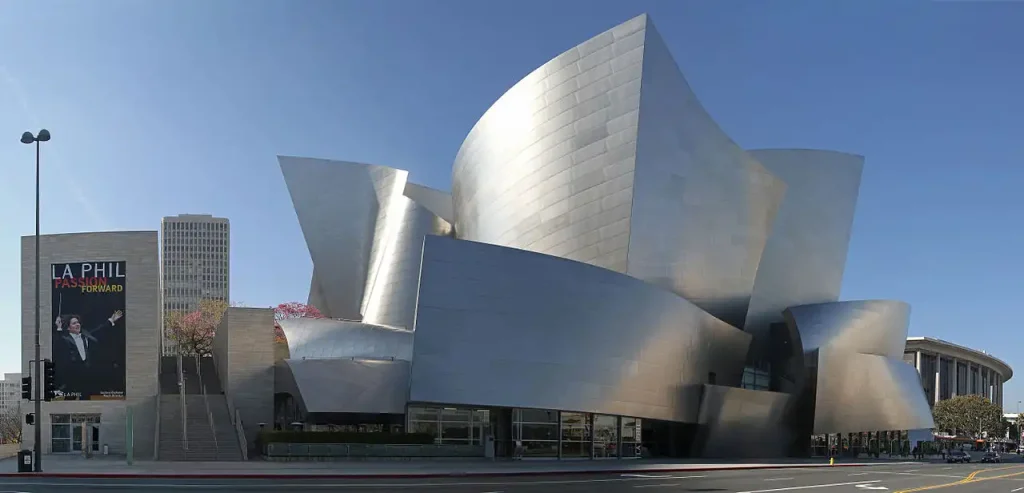
Innovative Parametric Thinking Ahead of Its Time
Louis Vuitton Foundation: Glass Sails and Parametric Sophistication
Completed in 2014, the Louis Vuitton Foundation in Paris embodies Gehry’s forward-thinking approach to parametric design. The building’s 12 glass sails, which appear to float effortlessly, were meticulously modelled using CATIA. Parametric tools allowed Gehry’s team to study the interaction between light, material, and structure, ensuring both visual appeal and structural integrity. The project exemplifies how Gehry harnessed technology to merge artistic fluidity with engineering precision.

MIT’s Ray and Maria Stata Center: Whimsy in Architecture
Ray and Maria Stata Center at MIT, completed in 2004, exemplifies Gehry’s playfulness. Geometries and glorious facades that are not linearly possible give this building an air of whimsy in the interpretation of academic architecture. CATIA was a tool that helped in expressing the abstract visions of Frank Gehry to be translated into executable plans. The use of building inspired and validated new contextual models of non-traditional, more human-centric educational architecture.
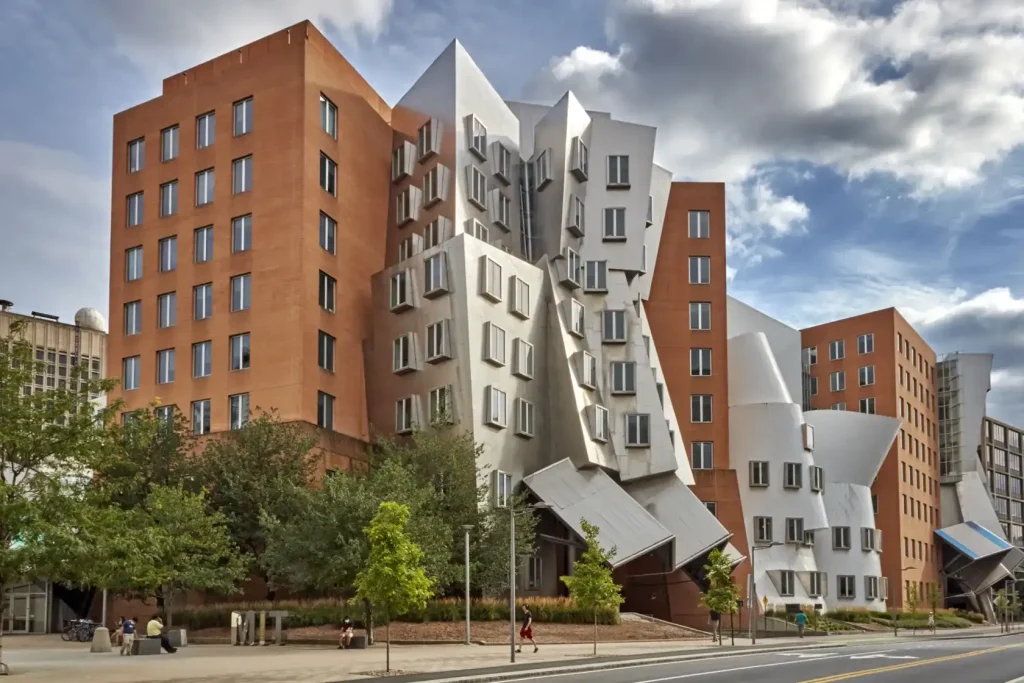
Impact on Modern Parametric and Computational Design
Frank Gehry’s adoption of CATIA was one of the precursors for establishing parametric tools like Rhino and Grasshopper in design. Through his work, Gehry proved to demonstrate a new relationship between form and function in digital modelling, impacting generations of architects.
Those principles remain at the core of the computational design that happens today-the flowing structures Zaha Hadid, the algorithmic facades Bjarke Ingels. Gehry’s work represents more than a succession of iconic buildings. It is the roadmap to orient architects through the challenges of digital innovation. In showing the world that technology can multiply, rather than restrict, creativity, he created doors that led to endless opportunities in architectural expression.
Gehry’s Masterpieces: Proof of Concept
1. Guggenheim Museum Bilbao
A landmark in digital architecture, the Guggenheim Bilbao changed the world’s understanding of what architecture can be. Its shiny titanium panels, designed to CATIA’s accuracy, had raised the bar for aesthetic innovation.
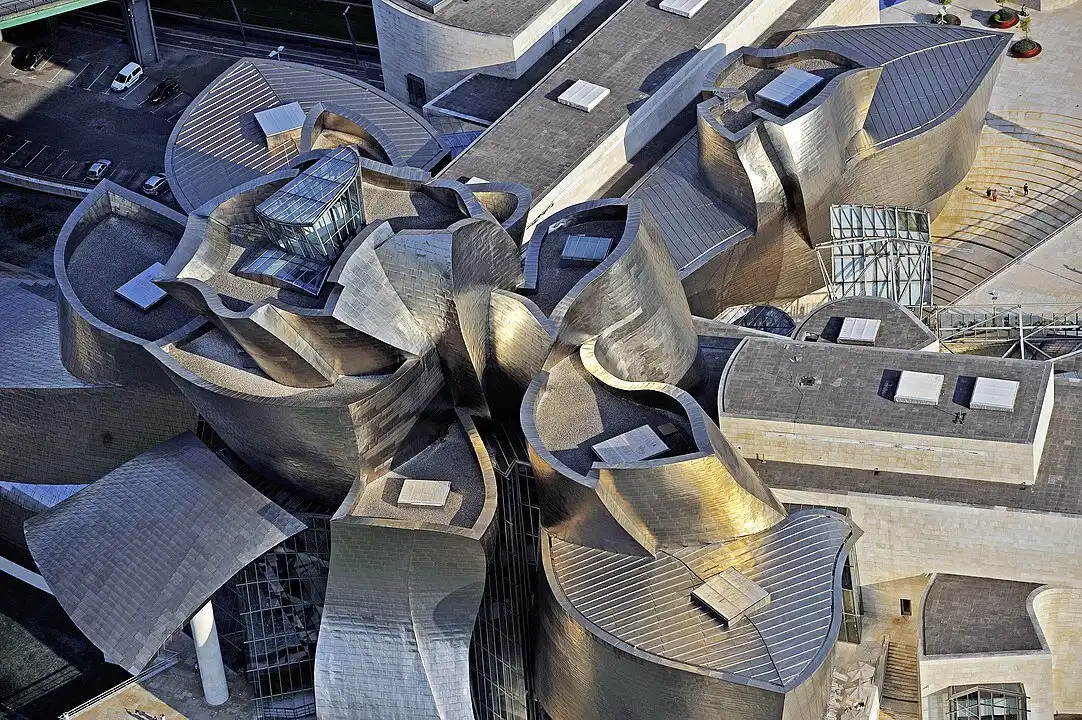
2.Walt Disney Concert Hall
This project meant that the aesthetic confluence developed by Gehry included acoustic modelling in the impeccable fulfilment of his vision. The hall stands as one of perfect human harmony between art and technology.
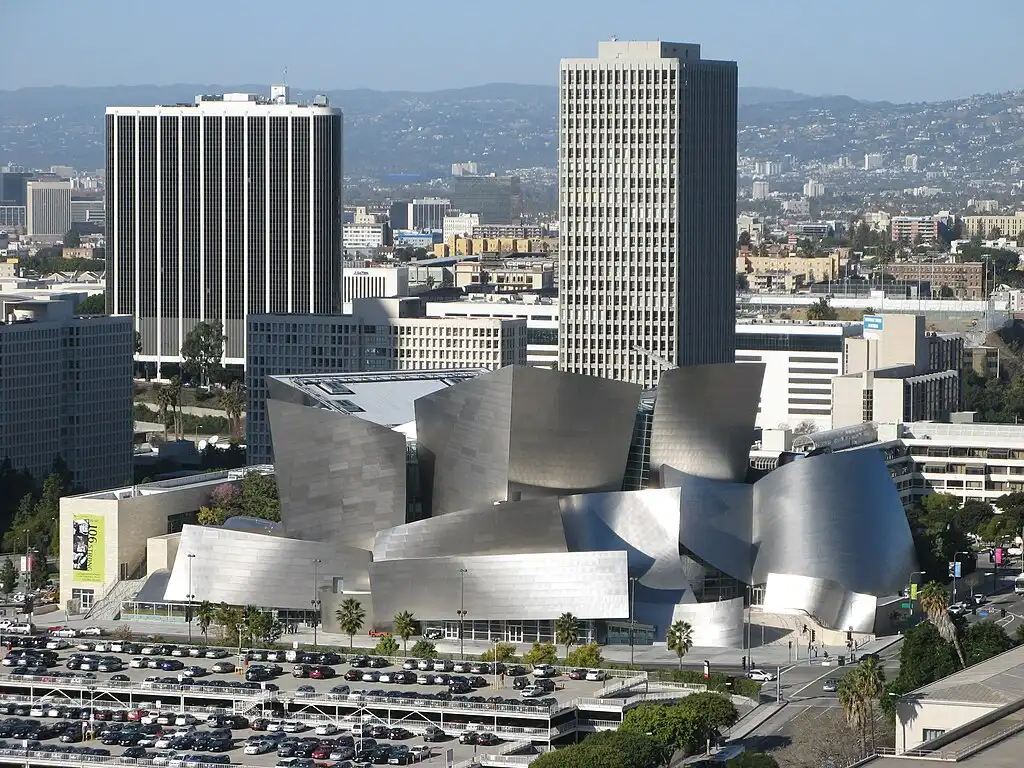
3. Louis Vuitton Foundation
This is another exemplar of using parametric modelling where Gehry’s fluid glass sails both get to see realisation and characterise the synergy between light, form, and engineering.
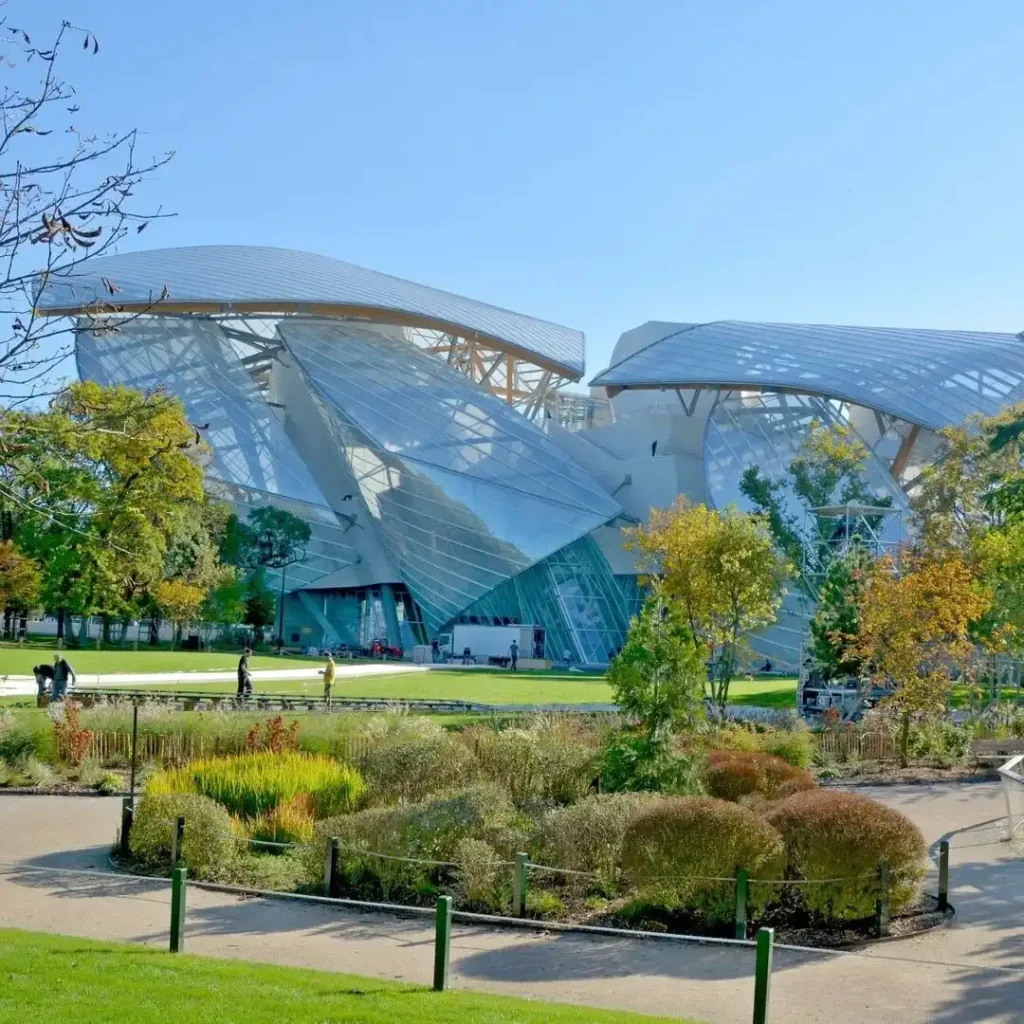
4. Experience Music Project (Museum of Pop Culture)
– Being one among Seattle’s iconic structures, this structure, inspired by music using undulating metallic forms, exemplifies Gehry’s ability to translate abstract concepts into tangible architecture with digital tools.

Gehry’s Lasting Legacy
With the adoption of digital tools such as CATIA, Frank Gehry transformed his personal design practice but also shook up the nature of architecture as a discipline. At its base was the blending of technology and artistry, examples of which would engage generations of designers within unprecedented boundaries for architecture.
His projects today form benchmarks for architects in exploring the parametric and computational design potential. It is from such a mindset that innovation, technology, and creativity converge to help shape the built environment, and Gehry’s legacy does indeed lie with the buildings he has created but most of all with the very mindset he could cultivate toward thinking digitally while designing humanly.
Now Stay Ahead with PAACADEMY
Check out the workshops at PAACADEMY-these are a good way to get your hands on the latest digital design tools. The industry experts leading the sessions are here to help you keep your edge sharp and inspired in this ever-changing field.




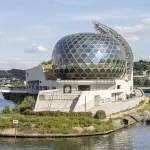
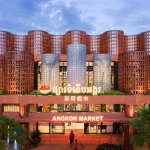
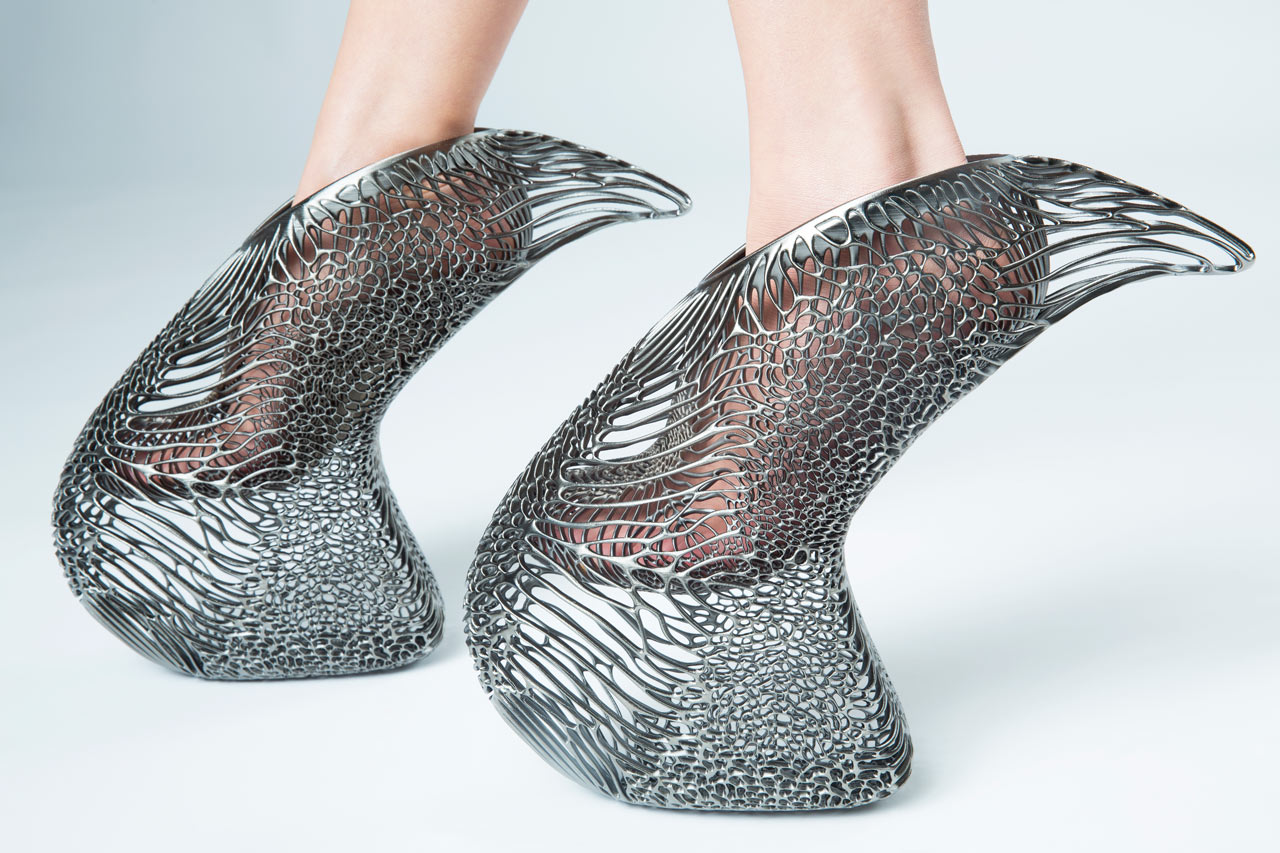
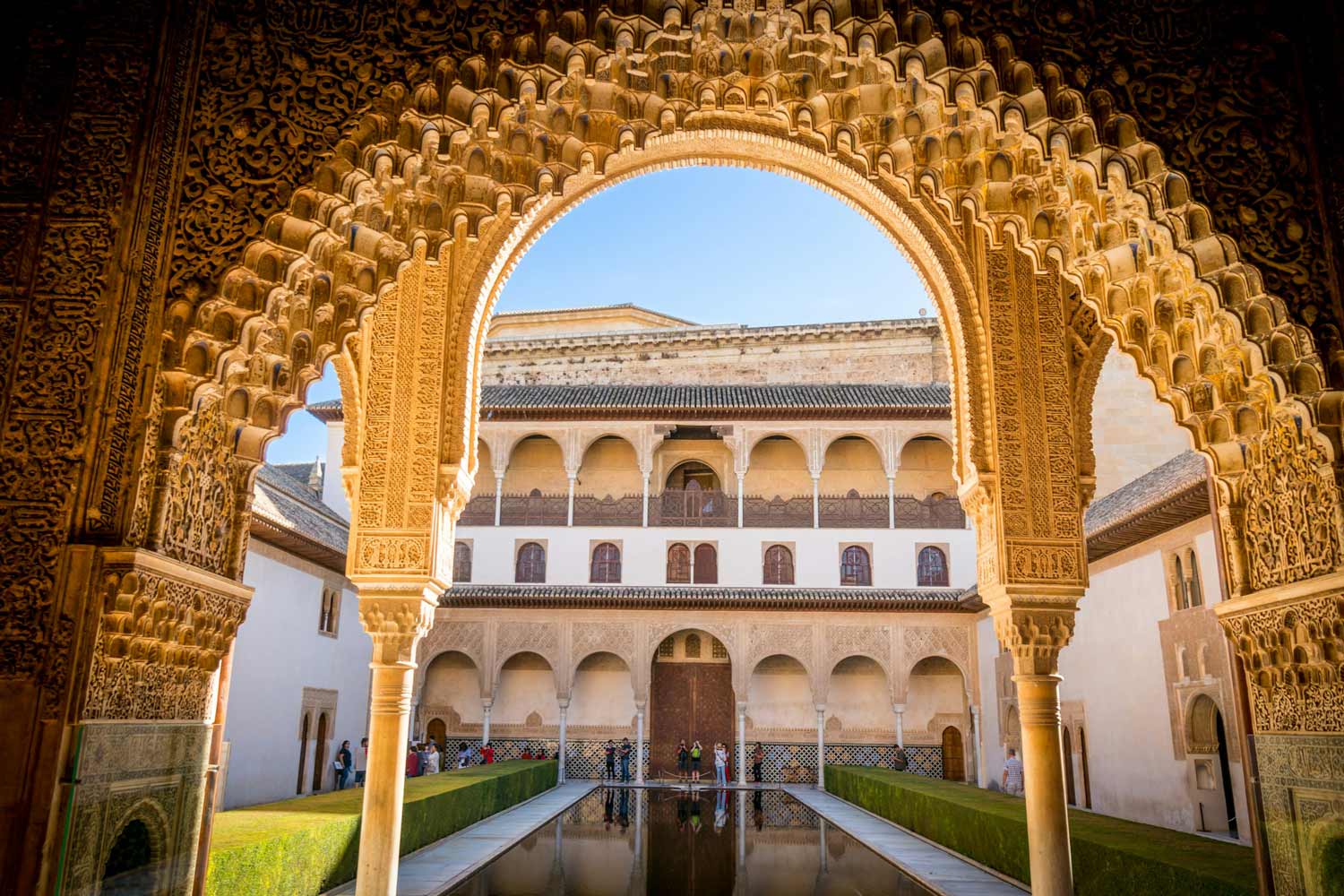

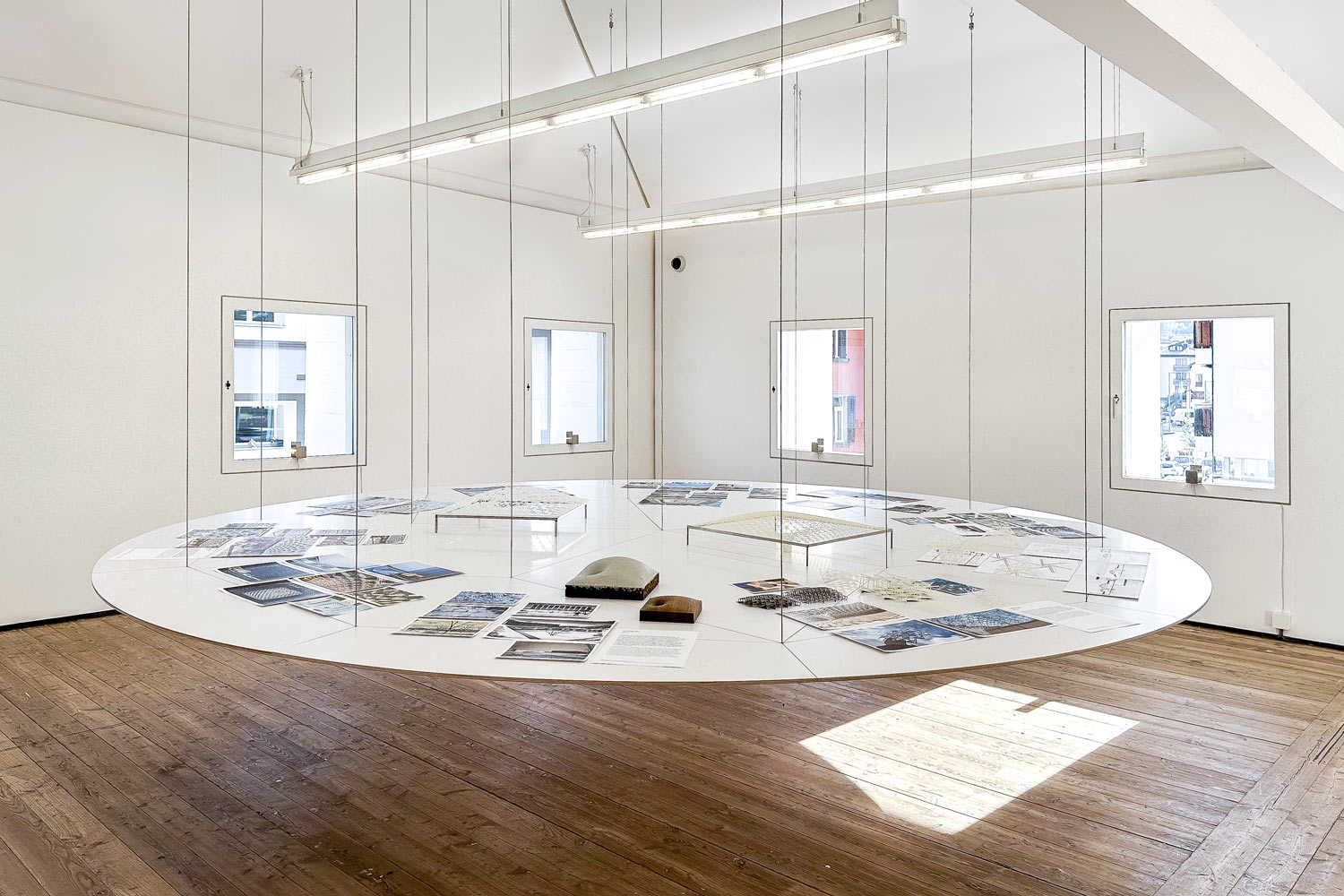








Leave a comment